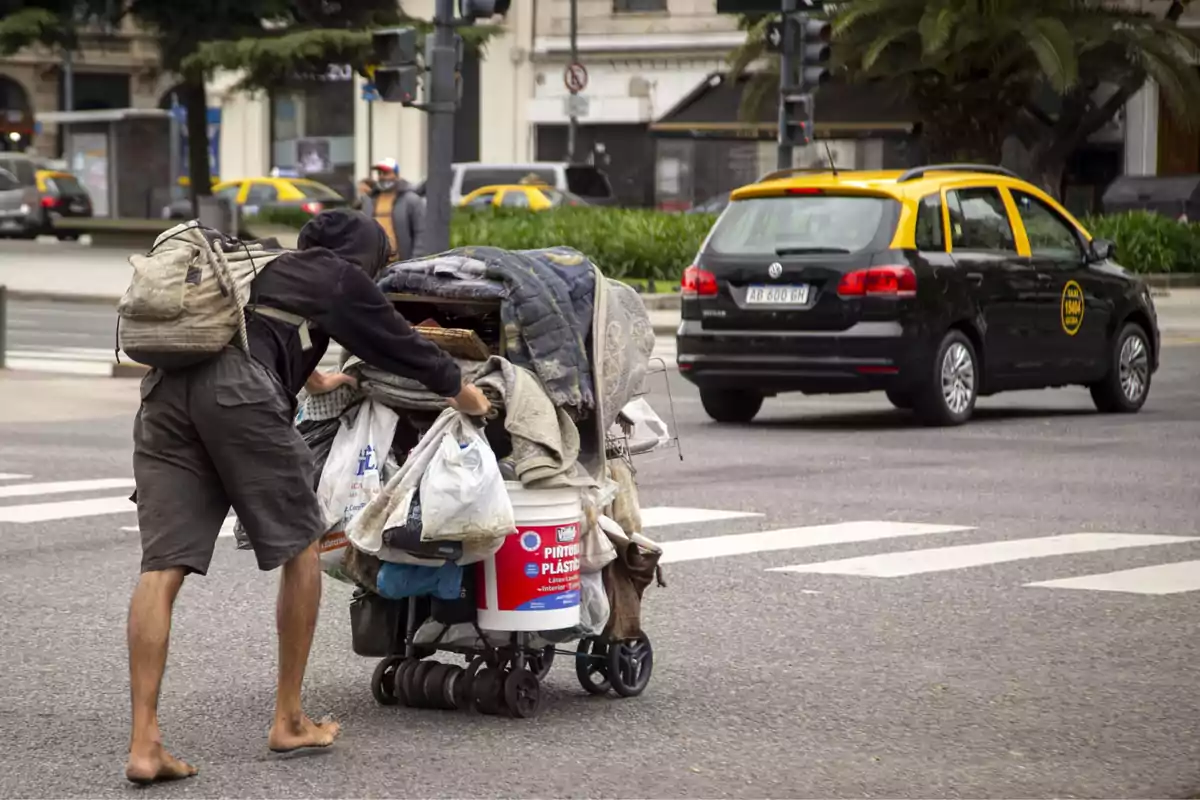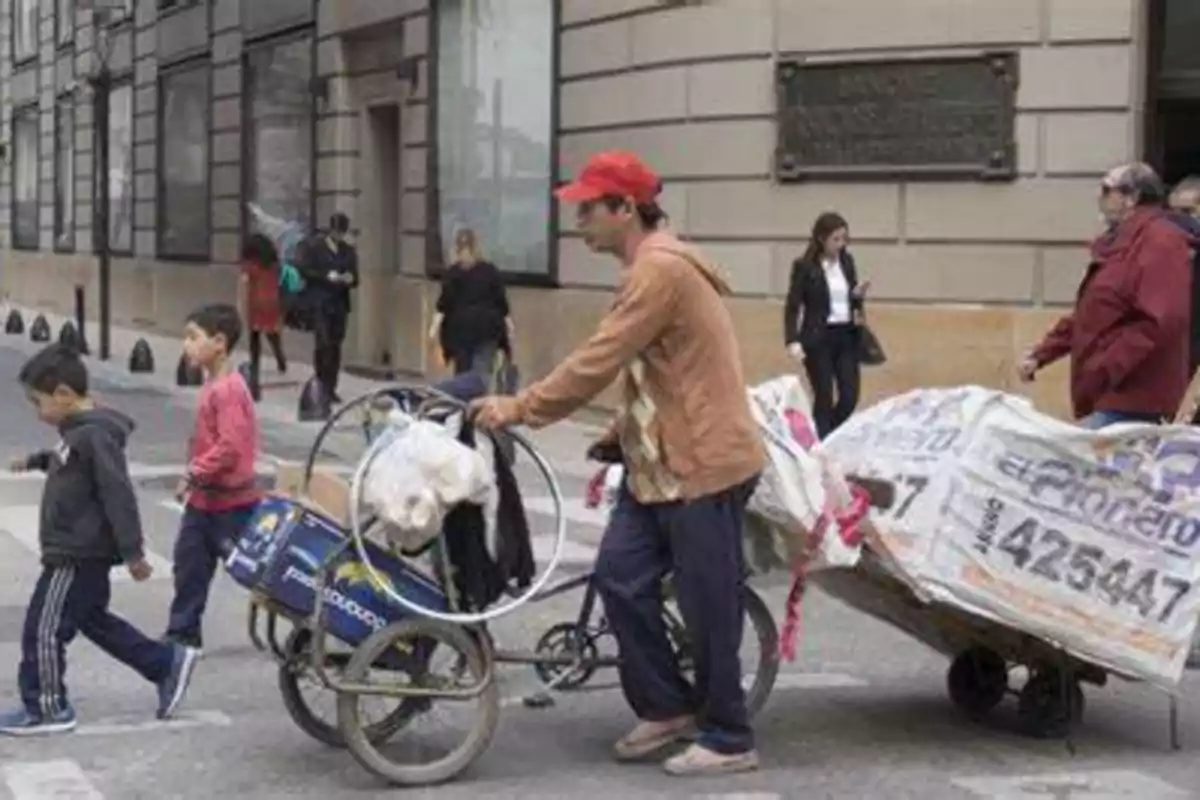
Poverty in the City of Buenos Aires dropped by more than 15 points in one year
Thanks to Milei, the City of Buenos Aires recorded a drastic drop in poverty during the first quarter of 2025
With Milei in the executive branch, poverty in Ciudad de Buenos Airesdropped by more than 15 points in one year and has reached its lowest level in a first quarter since 2022. Fiscal reorganization, macroeconomic stabilization, and the defeat of inflation are already impacting the most disadvantaged sectors.
In a scenario that few believed possible just one year ago, Ciudad de Buenos Aires recorded a drastic drop in poverty during the first quarter of 2025, consolidating a change in trend that is beginning to be seen throughout the country after the first six months of Javier Milei's administration.
According to official figures from the Instituto de Estadística y Censos of Buenos Aires (DGEyC), poverty affected 19.9% of the population —equivalent to 613,000 people—, which represents a substantial improvement compared to the 35.1% recorded in the same period of 2024: a decrease of 15.2 percentage points in just one year. This is the lowest level in a first quarter since 2022.
Extreme poverty also showed a significant decrease and stood at 6.2% of the population, while the remaining 13.7% corresponds to people in a situation of non-extreme poverty. In terms of households, 15.2% are in poverty (about 206,000 households) and 4.1% in extreme poverty (56,000 households).
The improvement in the social indicators of the city is neither isolated nor spontaneous. The deceleration of inflation, the adjustment of relative prices, the zero deficit policy, and the recovery of economic credibility driven from Casa Rosada are beginning to materialize in concrete data.

Among the groups most affected by poverty, households in the southern area of the city (27.2%) and those with children under14 years old (28.2%) still persist. In contrast, households with older adults show considerably lower levels of poverty (13.3%).
The family per capita income of extremely poor households was $88,282, while for non-extremely poor households it was $263,483. On average, for a household to escape poverty, a transfer of $330,572 would be needed, which represents a gap of 35.3% compared to the value of the total basic basket.
The coordinator of the Observatorio de la Deuda Social Argentina at UCA, Agustín Salvia, explained that part of the improvement in the records is also due to methodological and technical factors: "There was an improvement in income capture, which is favorable from a technical point of view", although he warned that this introduces "comparability problems in the series".
However, beyond academic debates, the trend is clear: poverty is decreasing and the middle segment is growing again. The middle sector had the largest year-on-year expansion and now represents 52.5% of Buenos Aires households and 48.6% of the total population (approximately 1,500,000 people). This category increased by 11.1 percentage points in households and 11.2 points in population in just one year.
Affluent sectors also expanded their presence: they now account for 13% of households (176,000) and 10.8% of the population (332,000 people). Although they have not yet recovered the levels of 2023, they exceed the 2024 records, when the recession and inflation had severely affected purchasing power after the removal of currency controls and the sharp devaluation.

Regarding the fragile middle sector —households on the threshold between the middle class and vulnerability—, it remained stable: 10.4% of households and 11.7% of people. Vulnerable households, meanwhile, fell to 8.9% (120,000 households), where 9% of the population lives (279,000 people), marking a decrease compared to 11.4% the previous year.
If poor and vulnerable households are added together, the total reaches 24.1% of households (326,000) and 28.9% of the population (892,000 people). Although this still represents a significant fraction of Buenos Aires residents, this figure was 46.4% just one year ago, which implies a decrease of 17.5 points in just twelve months.
More posts: